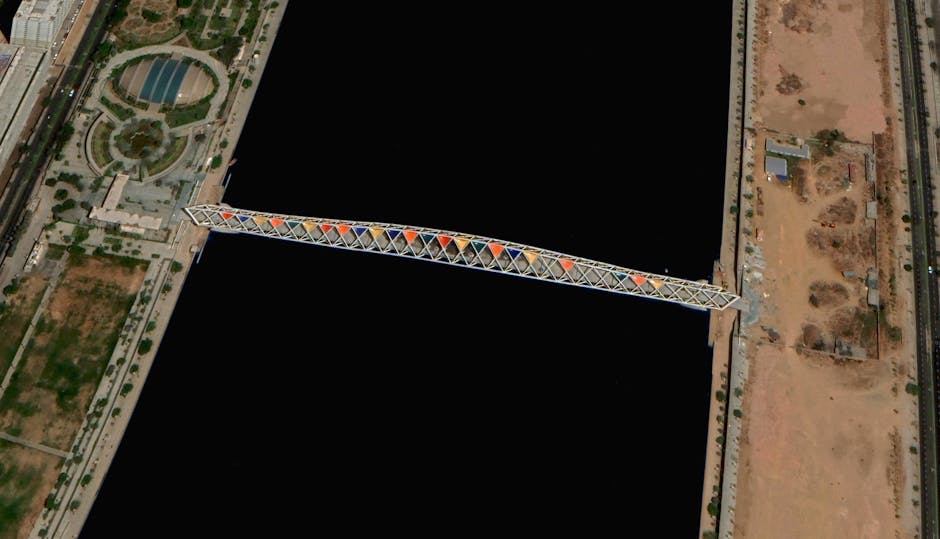In a move that feels ripped from the pages of a cli-fi novel, a US-based startup, Make Sunsets, has just secured a staggering $60 million in funding. Their mission? Not to build another app or an e-commerce platform, but to do something far more audacious and controversial: artificially cool the planet.
The company has already begun launching weather balloons that release small quantities of sulfur dioxide particles into the stratosphere. This geoengineering technique, known as solar radiation management (SRM), is simple in theory but terrifyingly complex in practice. Let’s break down the science and the immense risks involved.
How ‘Planetary Sunblock’ Aims to Artificially Cool the Planet
The science behind this venture is modelled on a natural phenomenon. When a massive volcano like Mount Pinatubo erupted in 1991, it blasted millions of tonnes of sulfur dioxide into the upper atmosphere. These particles formed a haze that reflected sunlight back into space, causing a temporary global cooling of about 0.5°C.
Make Sunsets aims to replicate this effect on a smaller, controlled scale. By releasing reflective particles, they hope to create a planetary sunblock to buy humanity time in the fight against climate change. In a world scorched by record-breaking heatwaves, the idea of a quick fix is tempting. Proponents argue this is a necessary “emergency brake”—a last-ditch tool we must develop while we painstakingly transition away from fossil fuels.
Pandora’s Box: The Grave Dangers of Geoengineering
This $60 million investment isn’t just funding a startup; it’s bankrolling the opening of a Pandora’s Box of catastrophic risks, and the scientific community is sharply divided.
The primary concern is the law of unintended consequences. Messing with a system as complex as the Earth’s climate could have devastating ripple effects. For a nation like India, the single most critical question is what this would do to the monsoon, the lifeblood of its agriculture and economy. Even minor shifts in atmospheric chemistry could potentially alter rainfall patterns, triggering droughts in some regions and biblical floods in others.
Other major risks include:
* Termination Shock: If we start artificially cooling the planet and then suddenly stop—perhaps due to political instability, war, or economic collapse—the built-up warming effect that was being masked would hit us with ferocious speed. The planet would heat up so rapidly that ecosystems and human societies would have no time to adapt.
* Moral Hazard: This techno-solutionism risks giving big polluters a “get out of jail free” card. Why make the hard, expensive choice to cut emissions when you can just pay a startup to spray particles into the sky?
Who Controls the Global Thermostat?
Beyond the science, this venture wades into an ethical and geopolitical minefield. Who gets to control the Earth’s thermostat? Should a private company have the power to alter the climate for everyone? What happens if one country’s geoengineering efforts cause a drought in a neighbouring nation? It’s a recipe for global conflict that current international laws are not equipped to handle.
This move by Make Sunsets represents a dangerous precedent. While the fight against climate change demands bold and innovative thinking, we must tread with extreme caution. This startup’s raise of $60 million is not just an investment in technology; it’s a bet on our collective future. The question we must ask is not just whether we can cool the planet, but what the true cost of dimming the sun will be.




